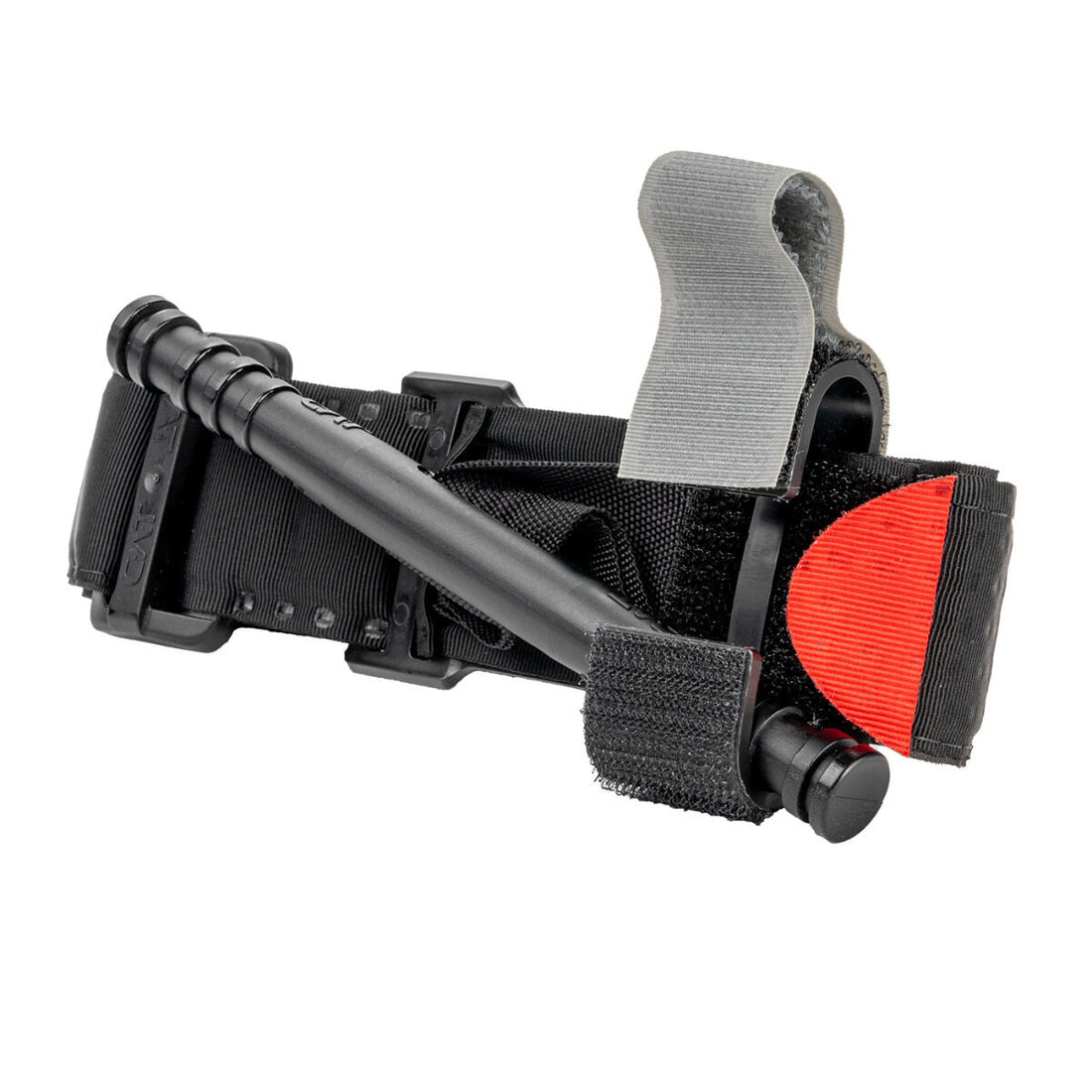
Tourniquets: Proven in Combat, Critical in the Wild
Share
The effectiveness of tourniquets has long been proven in military operations where injuries must be stabilized under fire and without immediate access to medical facilities. The U.S. military's success in drastically reducing preventable deaths from extremity hemorrhage during the Iraq and Afghanistan conflicts has directly influenced emergency medical practices across the country.
Law enforcement officers now carry tourniquets as part of their standard gear—and their real-world use in shootings, car accidents, and industrial mishaps has saved countless lives. These tools are no longer just for combat medics—they’re now critical for wildland medics, line supervisors, and every firefighter working beyond the blacktop.
Wildland Firefighting: Unique Challenges, Same Solution
-
Remote terrain and delayed access to trauma centers makes self-rescue or buddy-rescue imperative.
-
Power tools and saws are a known hazard. One slip with a chainsaw can cause a life-threatening arterial bleed.
-
Falls and environmental hazards—such as sharp rocks or impalement—can result in traumatic injuries in areas where communications and extraction are limited.
-
Working long shifts in high-heat, high-stress environments increases both physical risk and the need for immediate, decisive action when things go wrong.
Tourniquets offer a fast, effective way to control bleeding until higher-level care can be reached—whether that’s a medical unit on the line or a rotor-wing evacuation back to base.
Key Lessons from Military & Law Enforcement Adapted for the Fireline
-
Immediate Use Saves Lives: Delaying application in the field is one of the most common errors. When in doubt, put it on.
-
High and Tight Placement: Don’t waste time searching for the wound in the field. Apply the tourniquet high on the limb, above clothing or gear if needed.
-
Train With Your Gear: It’s not enough to carry a tourniquet—you need to practice applying it with gloves on, under stress, in low-light, and even one-handed.
-
Use Commercial Products: Improvised tourniquets often fail. Tools like the CAT or SOFTT-W have been tested and validated in both combat and civilian emergencies.
-
Track Application Time: Always mark the time a tourniquet is applied using tape, a Sharpie, or your TCCC card—this info matters for long-term care.
Make Tourniquet Training a Standard
Every wildland firefighter knows that preparation is survival. From red bags to line gear, we don’t carry anything extra—but we also don’t leave without what’s essential. A quality tourniquet takes up minimal space and weight but could be the most important tool in your pack.
At Advanced Emergency Solutions, we train wildland crews using real-world medical scenarios pulled from both the military and our own deployment experience. Whether you're a crew boss, EMT, or new to the line, your confidence in using a tourniquet could save your life or a brother or sister’s.
Advanced Emergency Solutions
Prepared. Proven. Professional.
We provide training and gear trusted by wildland firefighters, medics, and public safety professionals. Our goal is simple: get you the right tools, the right training, and the confidence to use them under pressure.
